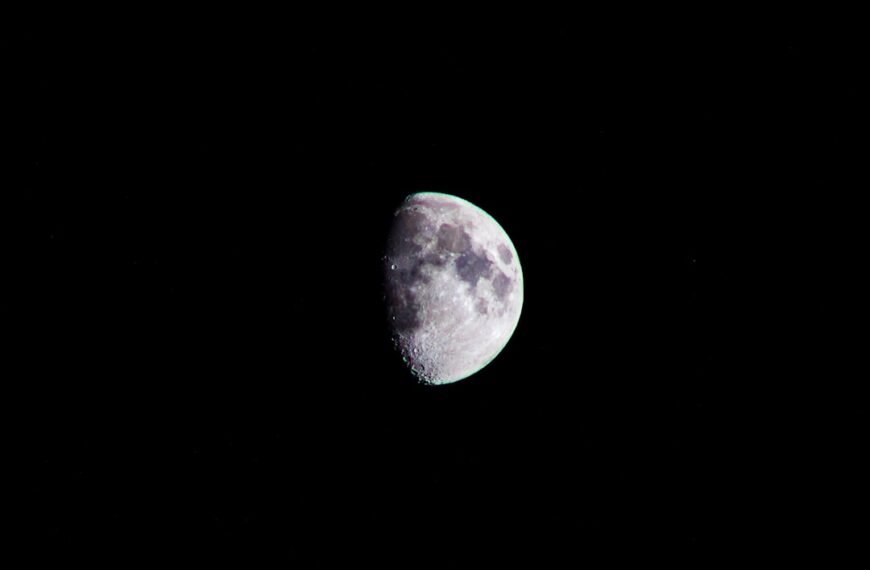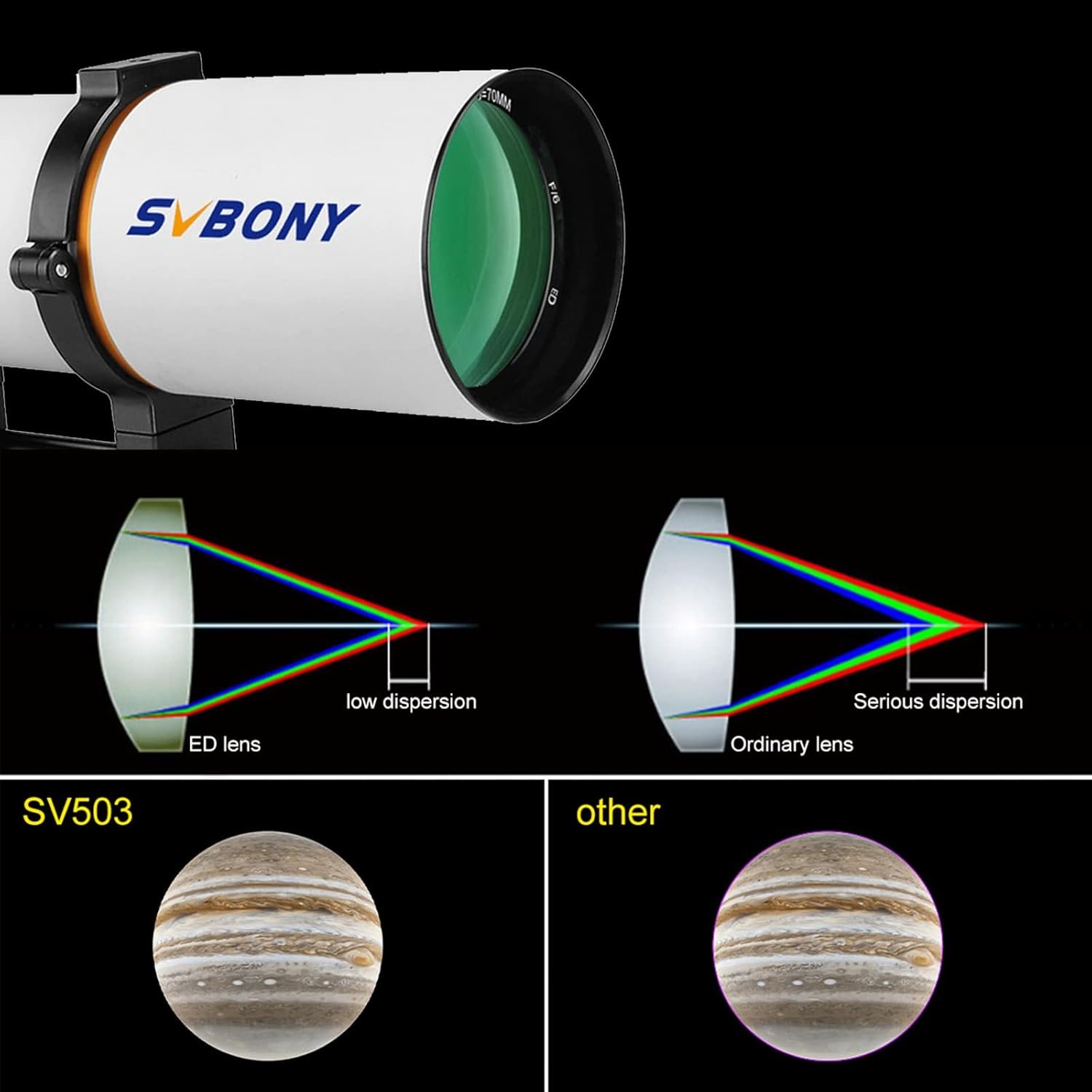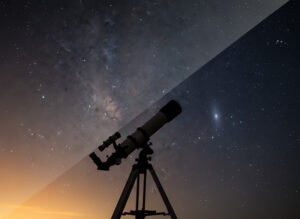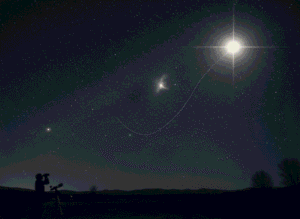Key Takeaways 📝
- Insight: Gravity plays a crucial role in the formation of planets, leading to the collapse of gas and dust clouds into protoplanetary disks.
- Statistic: Planets form through processes like core accretion for gas giants and disk instability for terrestrial planets, showcasing diverse formation mechanisms.
- Perspective: Collisions between particles in the protoplanetary disk are vital for planet growth, illustrating the dynamic nature of planetary formation.
- Application: Understanding planetary formation impacts habitability, influencing the composition and location of planets in star systems.
- Core Message: Planetary formation is a complex and fascinating process essential for unraveling the origins of our solar system and exploring potential habitable worlds in other star systems.
Planetary formation is a fascinating and complex process that has captivated scientists for centuries. Understanding how planets form is crucial not only for our understanding of the universe, but also for our understanding of our own place within it. By studying planetary formation, scientists can gain insights into the origins of our own solar system and potentially discover habitable planets in other star systems.
The Role of Gravity
Gravity plays a crucial role in the formation of planets. According to the gravitational collapse theory, planets form from a cloud of gas and dust that collapses under its own gravity. As the cloud collapses, it begins to spin faster and flatten into a disk shape known as a protoplanetary disk.
The Protoplanetary Disk
A protoplanetary disk is a rotating disk of gas and dust that surrounds a young star. It is made up of the remnants of the cloud from which the star and its planets formed. The protoplanetary disk is an important component in planet formation because it provides the raw materials from which planets can form.
The Process of Accretion
Accretion is the process by which small particles collide and stick together to form larger objects. In the context of planetary formation, accretion refers to the process by which planetesimals, or small planetary bodies, form from the dust and gas in the protoplanetary disk.
There are two main types of accretion: collisional accretion and gravitational accretion. Collisional accretion occurs when particles collide and stick together due to their mutual gravitational attraction. Gravitational accretion occurs when particles are drawn together by the gravity of a larger object, such as a planet or star.
The Role of Collisions
Collisions between particles in the protoplanetary disk play a crucial role in the growth of planets. When particles collide, they can stick together and form larger objects. This process, known as coagulation, is a key step in the formation of planetesimals.
There are two main types of collisions that occur in the protoplanetary disk: hit-and-stick collisions and hit-and-run collisions. In hit-and-stick collisions, particles collide and stick together to form larger objects. In hit-and-run collisions, particles collide but do not stick together, resulting in the fragmentation of the colliding objects.
The Formation of Gas Giants and Terrestrial Planets

Gas giants and terrestrial planets are two distinct types of planets that form through different processes. Gas giants, such as Jupiter and Saturn, are primarily composed of hydrogen and helium and form in the outer regions of a star system. Terrestrial planets, such as Earth and Mars, are primarily composed of rock and metal and form in the inner regions of a star system.
Gas giants form through a process known as core accretion. In this process, a solid core forms from the accumulation of planetesimals in the protoplanetary disk. Once the core reaches a certain mass, it begins to accrete gas from the surrounding disk, eventually growing into a gas giant.
Terrestrial planets, on the other hand, form through a process known as disk instability. In this process, the protoplanetary disk becomes gravitationally unstable and fragments into clumps of gas and dust. These clumps then collapse under their own gravity to form terrestrial planets.
The Importance of the Frost Line
The frost line is an important concept in planetary formation. It is the distance from a star at which volatile substances, such as water and methane, can condense into solid ice grains. The frost line plays a crucial role in determining the composition of planets.
Inside the frost line, where temperatures are higher, only refractory materials can condense into solid grains. This leads to the formation of rocky terrestrial planets. Outside the frost line, where temperatures are lower, volatile substances can condense into solid ice grains. This leads to the formation of gas giants, which have a higher proportion of volatile substances in their composition.
The Role of Migration
Migration is another important process in planetary formation. It refers to the movement of planets within a star system. Migration can occur due to interactions between planets and the protoplanetary disk, as well as interactions between planets themselves.
There are two main types of migration: type I migration and type II migration. Type I migration occurs when a planet interacts with the gas in the protoplanetary disk and slowly moves inward or outward. Type II migration occurs when a planet accretes enough gas from the disk to form a gap, causing it to rapidly migrate inward.
The Impact of Planetary Formation on Habitability
The process of planetary formation has a significant impact on the habitability of a star system. The location and composition of planets can determine whether a star system is capable of supporting life as we know it.
Factors that contribute to habitability include the presence of terrestrial planets in the habitable zone, which is the region around a star where conditions are suitable for liquid water to exist on the surface of a planet. The composition of planets is also important, as certain elements and compounds are necessary for life.
Current Research and Future Discoveries
Current research in planetary formation is focused on understanding the processes that lead to the formation of different types of planets and the factors that contribute to habitability. Scientists are using computer simulations, laboratory experiments, and observations of young star systems to gain insights into these processes.
Future discoveries in planetary formation could include the detection of Earth-like planets in other star systems, the identification of potential habitable environments on other planets, and a deeper understanding of the origins of our own solar system.
In conclusion, planetary formation is a complex and fascinating process that plays a crucial role in our understanding of the universe. By studying how planets form, scientists can gain insights into the origins of our own solar system and potentially discover habitable planets in other star systems. Continued research in planetary formation is important for advancing our understanding of the universe and our place within it.
If you’re fascinated by the formation of planets around a star, you won’t want to miss this insightful article from The Universe Episodes. Delving into the intricate process of planetary formation, this article provides a comprehensive understanding of how celestial bodies come into existence. From the accumulation of dust and gas to the gravitational forces at play, it explores the captivating journey that leads to the birth of planets. To learn more about this fascinating topic, check out the article here. For any inquiries or further information, feel free to reach out to The Universe Episodes through their contact page. Additionally, if you’re interested in exploring other intriguing aspects of the universe, don’t forget to visit their disclosure section.
FAQs
What is the process of planet formation?
Planet formation occurs through a process called accretion, where small particles in a protoplanetary disk collide and stick together, gradually growing in size until they become planetesimals. These planetesimals then continue to collide and merge, eventually forming planets.
What is a protoplanetary disk?
A protoplanetary disk is a rotating disk of gas and dust that surrounds a young star. It is the birthplace of planets and other celestial bodies.
What are planetesimals?
Planetesimals are small, solid objects that form in the protoplanetary disk through the process of accretion. They are the building blocks of planets.
What is the role of gravity in planet formation?
Gravity plays a crucial role in planet formation. As planetesimals collide and merge, their combined mass creates a stronger gravitational pull, which attracts more material and leads to the formation of larger and larger bodies.
What factors influence the formation of planets?
The formation of planets is influenced by a variety of factors, including the size and composition of the protoplanetary disk, the distance from the star, and the presence of other planets or celestial bodies in the system.
How long does it take for planets to form?
The time it takes for planets to form varies depending on the size and composition of the protoplanetary disk, as well as other factors. In general, it can take anywhere from a few million to several hundred million years for planets to form around a star.
What happens to leftover material in the protoplanetary disk?
After planets have formed, there may be leftover material in the protoplanetary disk. This material can either be ejected from the system or continue to orbit the star as asteroids, comets, or other small bodies.
My Reflection on Planetary Formation
Benefits of Reading this Article
Reading this article provides a comprehensive understanding of how celestial bodies come into existence, from the accumulation of dust and gas to the gravitational forces at play. It sheds light on the captivating journey that leads to the birth of planets.
Main Message
The main message of this article is that planetary formation is a complex and fascinating process crucial for understanding the universe. By studying how planets form, scientists gain insights into the origins of our solar system and potentially discover habitable planets in other star systems.
My Thoughts
I find the process of planetary formation intriguing and essential for appreciating our place within the universe. This article deepens my understanding of how planets form and highlights the significance of ongoing research in advancing our knowledge of celestial bodies.























